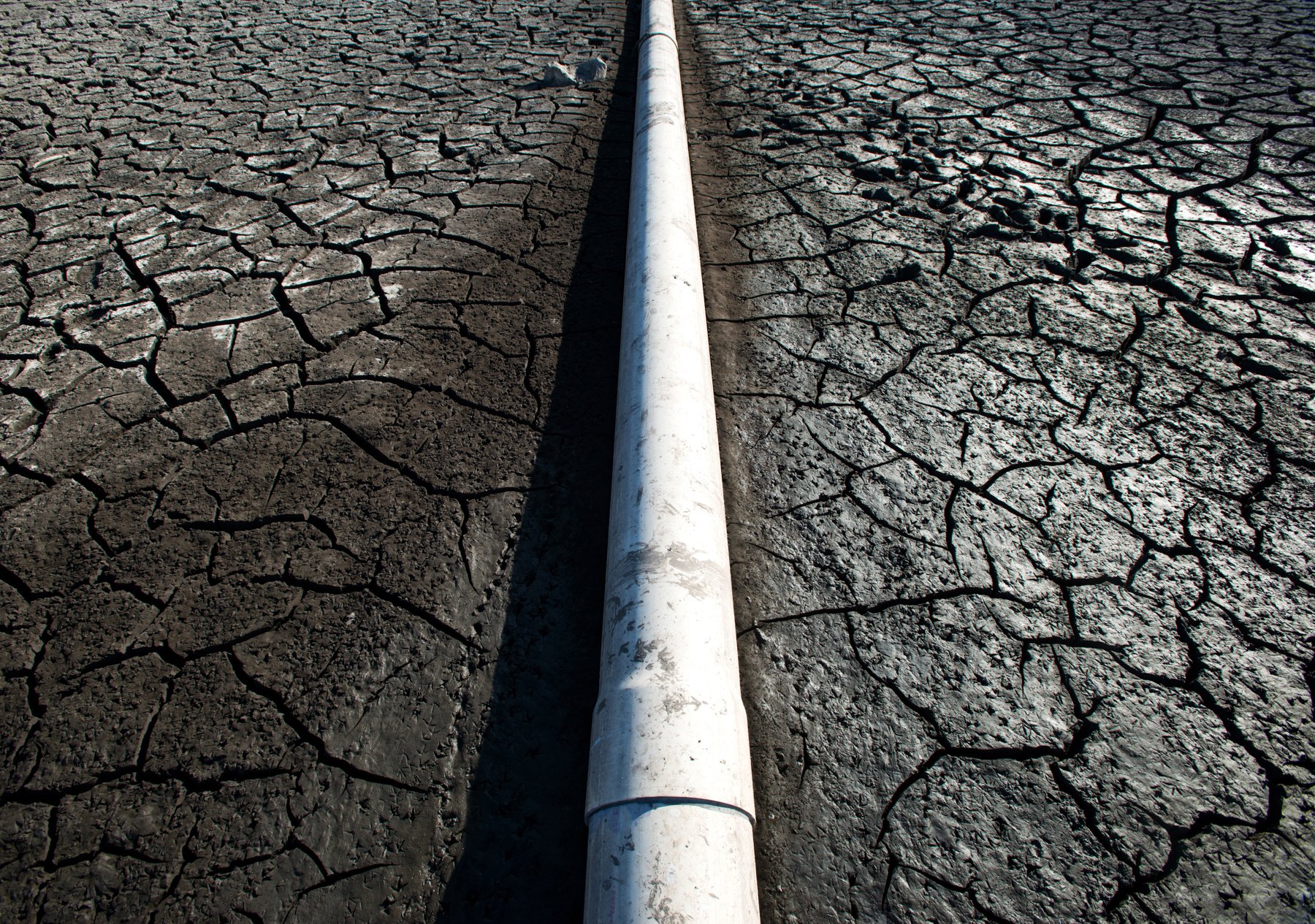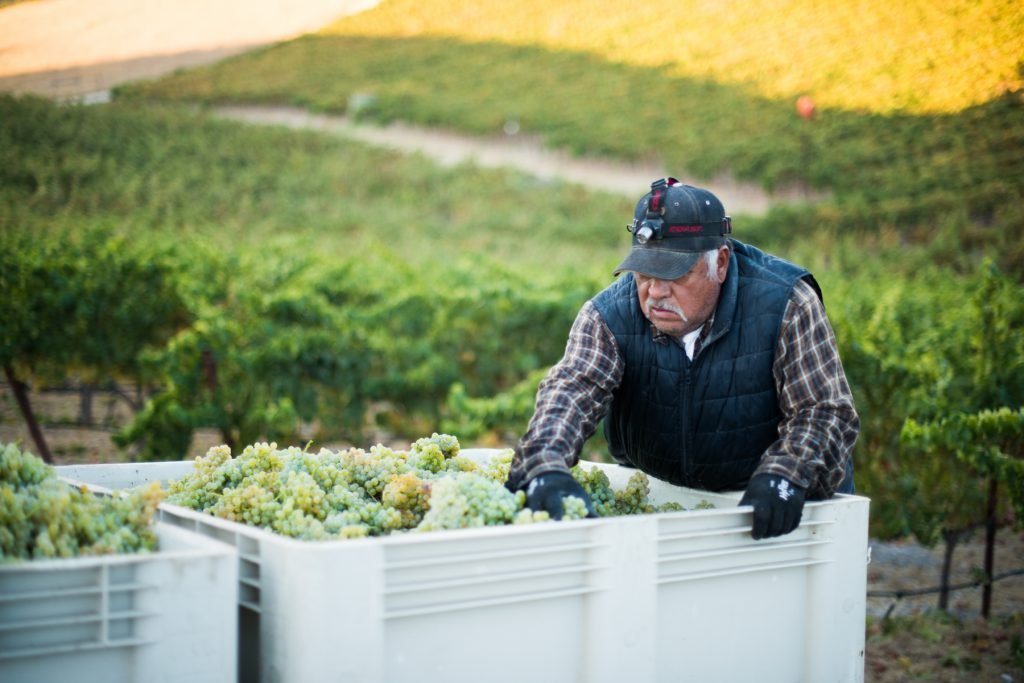
Where There Once Was Water
How do we nourish ourselves in times of crisis? How do we move with grace as everything familiar dissolves around us? Water scarcity. Food shortages. Climate chaos. Pandemic. Demands for racial justice. This year is shaking us to our core, waking us from a deep complacent slumber. We are clearly in a time of massive transformation, a paradigm shift of rather planetary proportions. And I do believe this is a change we need, if we are to heal our relationships — with ourselves, with our planet and with each other. In this sacred and terrifying pause, we are being given the opportunity to ask ourselves, “How can we do better?”

My work centers on water and storytelling. And I’ve noticed something profound. Something hiding in plain sight. You can’t talk water without talking soil. You can’t talk food, or farming, or equity, or racial justice, or climate change or life without talking water. It’s cliché, but true. Water is life. Among living beings and living ecosystems, it is our one common denominator. Water scarcity is an issue we will eventually face on every continent, and one we cannot ignore. In California, it’s been on our doorstep for some time, knocking. And the knocking is only getting louder.
Over the past decade, my relationship with water has developed into an ongoing conversation. I have interviewed experts, devoured books, travelled up and down and sideways to see it all firsthand. I have asked hard questions, and sat, uneasy and overwhelmed, while the answers distilled. Water access, or lack thereof, affects every facet of every person’s life.
There are 2 million people living right here in the United States who still, today, within the raging wildfire that is 2020, lack access to clean running water. No sink, no toilet to flush, no shower. Some of these Americans are our neighbors in the Central Valley, the heartland of California agriculture, ironically, growing much of our food.
Our world is changing quickly. How will we respond?

California provides nearly half of the nation’s produce — but not without a cost. Nearly 80 percent of the state’s fresh water goes towards this effort, much of it pumped unsustainably from aquifers that are, quite literally, disappearing. The rest of the water comes from elsewhere, transported through the massive industrial water infrastructure that enables life as we know it in our Golden State.
How long can this last? How can we fix something so broken?
People obviously need to eat. Food must be grown. And so, more hard questions. Is the way we grow our food today the only way? The best way? My research indicates otherwise. There is a better way, one that focuses on growing soil. Living soil holds water and nutrients, stores carbon and grows healthier, more nutrient-dense food. Living soils require fewer external inputs — less of our scarce water, less chemical fertilizer. If we are to weather the storms to come, we must be open to a new way. As great a storm as 2020 is, it will not be the last. Whatever chaos is yet to come, living soils and
restored water cycles offer our best path toward the resilient food system we will surely need.

Regenerative agriculture practices are gaining momentum globally, and that couldn’t come soon enough. Biodynamics, holistic planned grazing and permaculture are becoming more commonplace vernacular in the land of food production and, importantly, consumer awareness. What do these terms mean? In short, they indicate farming systems that are inspired by nature’s processes, circular, restorative. They focus on growing food while also, importantly, growing soil.
Amidst the despair and scarcity we see all around us, there is hope. Amidst the tension, the terror, the pause, the rebirth, perhaps we can see a glimmer at the end of the tunnel — a spark that inspires a better way forward. As consumers, we must be curious, we must ask where our food comes from and how it’s grown. We can be more than just a consumer species. We can restore our water cycles, restore our soil and grow food. We can nourish our planet and our communities through choices that consider the collective. We must. And I believe we can. If there ever was a time for such change, that time is now.
Brittany App is a filmmaker based on the Carrizo Plain, in California. Learn more about her documentary film.

